From the Chicago Reader (July 23, 1996). Jazz fans who might be considering whether to watch this feature should hunt down instead Altman’s Jazz ’34, made at the same time in the same location and infinitely better. — J.R.
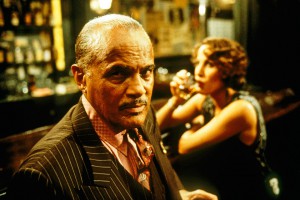
The sets — designed by Stephen Altman — are great, and so is the 30s jazz, but the story of this Robert Altman memory piece about his hometown, written with Frank Barhydt (Short Cuts), is borderline terrible. It counts on the dubious premise that a gangster (Harry Belafonte) would fritter away a whole night deciding what to do with a thief who rips him off — thereby enabling the thief’s significant other (Jennifer Jason Leigh) to kidnap a society lady (Miranda Richardson) and Altman to crosscut to his heart’s content as he exposes the inner workings of a city on the eve of a local election. The conception of character is so limited that the kidnapper’s seems to consist exclusively of Jean Harlow imitations, while the kidnappee’s seems defined only by drug addiction. Charlie Parker and his mother are gratuitously shoehorned into the plot, though some of the movie’s other strategies for imparting period flavor work better. The flip cynicism, which by now has become Altman’s trademark, doesn’t work at all. Read more
From the April 1, 2002 Chicago Reader. — J.R.
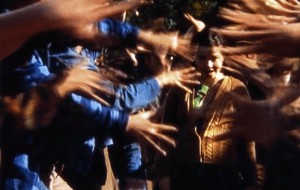
Disgusting yet interesting, Lars von Trier’s much heralded musical (2000) — or, more precisely, feature-length music video with interspersed dialogue — deserves to be seen because it’s a freakish provocation, not just because it won the Palme d’Or at Cannes. A Czech immigrant working at a factory in rural Washington State in the early 60s (Icelandic pop star Bjork) is going blind and knows her son will too if she can’t save enough money for an operation; the story gets even more melodramatic once a murder trial takes over. Reportedly shot with 100 digital video cameras (very few of which manage to find a good angle), the film reprises the sadomasochistic celebration of female suffering in Breaking the Waves, and with it von Trier affirms his solidarity with America’s impoverished and downtrodden people (apparently a diversion from his career in Denmark as a porn producer). The musical numbers are a weird blend of rock video and Jacques Demy postmusicals, with lousy songs and choreography and a distance between the music and the action that suggests an amateur remake of Pennies From Heaven. But in spite of everything, Bjork’s absolute dedication and submission to the material periodically blew me away. Read more
From the Chicago Reader (January 28, 2016). — J.R.
Son of Saul ****
Directed by László Nemes
“The sense of being lost is what we wanted to convey. That is what was missing before [in most earlier movies about the Holocaust]: one individual being lost.” — László Nemes to Andrea Gronvall, Movie City News
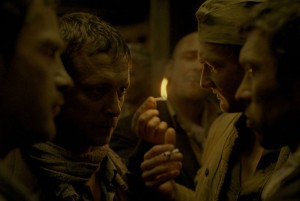
László Nemes’ Hungarian debut feature, Son of Saul, opening this week at the Music Box, is easily the most exciting new film I’ve seen over the past year, and a casual look at the prizes and accolades it’s received over the past eight months, starting with the Grand Prix and the FIPRESCI prize at Cannes, shows that I’m far from alone in feeling this way. Even my colleagues who dislike or dismiss the films concede that it’s a stunning technical achievement. But the moment one starts to describe what the film does, or even what it’s about, a certain amount of dissension sets in.
Nemes and his lead actor Géza Röhrig have consistently described their intentions as wanting viewers to experience viscerally and as accurately as possible what Sonderkommando members went through in Auschwitz in October 1944. These were the Jewish prisoners obliged to lead other Jews into the gas chambers, search their clothes for valuables before, during, and after they were being gassed, and then dispose of their bodies — carting them off, burning them, and then shoveling away their ashes, receiving in return slightly better food and quarters before eventually being exterminated themselves. Read more
My column for the April 2016 issue of Caimán Cuadenos de Cine. — J.R.
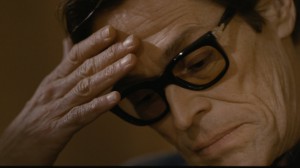
1. I can easily understand why some of Abel Ferrara’s biggest fans have certain reservations about his Pasolini, available now on a splendid region-B Blu-Ray from the BFI. Even if it’s a solid step forward from the stultifying silliness of Welcome to New York, it lacks the crazed, demonic poetry of Bad Lieutenant, The Addiction, and New Rose Hotel; most disconcertingly, it’s a responsible, apparently well-researched treatment of one of the most irresponsible of film artists, made by another film artist generally cherished for his own irresponsibility. And stylistically, it’s almost as if Ferrara has moved from being the great-grandson of F.W. Murnau to being the grandson of Vincente Minnelli — although one could argue, more precisely, that this isn’t really an auteur film at all. Yet as a portrait of the great and uncontainable Pier Paolo Pasolini, filtered through the last day of his life –- a day focused on new creative work (a novel in progress and a film in preproduction) as well various other activities, at home and on the street -– it carries an undeniable conviction and emotional authenticity in which the prosaic strengths of Lust for Life may finally be more relevant to this film’s serious ambitions than the poetic flourishes of a Faust or a Tabu. Read more
I’ve been trying for years to track down and see Susan Sontag’s fourth and final film, Unguided Tour (1983), and now, quite by accident, I’ve discovered that it’s available online, here. If, like me, you can’t follow the Italian without English subtitles, perhaps the best solution would be to read Sontag’s original story, the final one included in her 1978 collection I, etcetera. [3/6/2016]
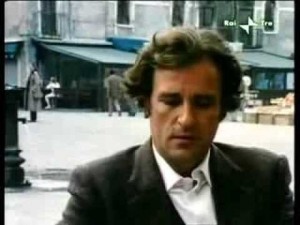
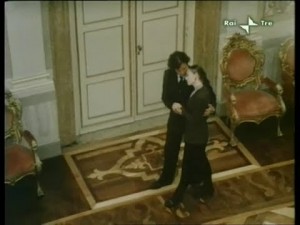
A lengthy postscript: Thanks to the generosity of David Heslin and the wonders of the Internet, there are the complete English subtitles:
1
00:00:39,362 –> 00:00:44,104
<b>UNGUIDED TOUR</b>
2
00:00:44,400 –> 00:00:47,558
by Susan Sontag
3
00:01:49,488 –> 00:01:52,357
A tourist city different from
any other.
4
00:01:54,195 –> 00:01:56,284
Different from Florence.
5
00:01:57,995 –> 00:01:59,883
Different from Siena.
6
00:02:01,316 –> 00:02:03,003
Different from Rome.
7
00:02:04,664 –> 00:02:06,476
Different from Athens.
8
00:02:08,036 –> 00:02:09,697
Or Dubrovnik.
9
00:02:11,711 –> 00:02:13,699
Because there’s an imaginary kingdom
10
00:02:13,850 –> 00:02:16,241
of which this city is the capital.
11
00:02:17,310 –> 00:02:19,550
of which this city is the centre.
12
00:02:24,559 –> 00:02:28,711
There was a very dear friend of mine,
an Argentinian film-maker in exile
13
00:02:29,139 –> 00:02:31,165
who fled to save his skin.
Read more
From the Chicago Reader (December 2, 1988); also reprinted in my collection Essential Cinema. — J.R.
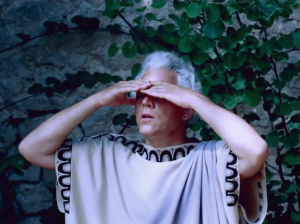
THE DEATH OF EMPEDOCLES
**** (Masterpiece)
Directed and written by Jean-Marie Straub and Daniele Huillet
With Andreas von Rauch, Howard Vernon, William Berger, Vladimir Baratta, Martina Baratta, and Ute Cremer.
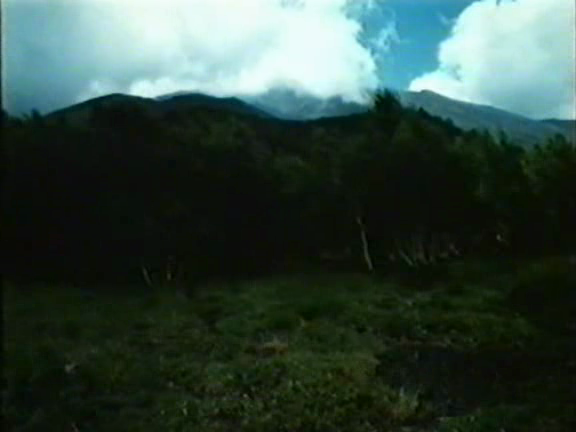
Three pretentious but relevant quotes: “Aesthetics are the ethics of the future” (Lenin). “To make a revolution also means to put back into place things that are very ancient but forgotten” (Charles Peguy). “When the Green of the Earth Will Shine Freshly for You” (Jean-Marie Straub and Daniele Huillet’s subtitle for The Death of Empedocles).
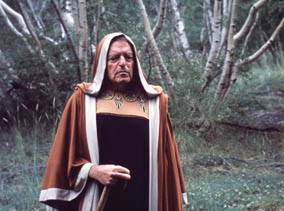
For spectators who don’t know what to do with their films, Jean-Marie Straub and Daniele Huillet offer a rigorous program that’s all work and no play — a grueling process of wrestling with intractable texts, often in languages that one doesn’t understand, without the interest provided by easy-to-read characters or compelling plots. But in fact every one of Straub-Huillet’s 15 films to date (10 features and 5 shorts) offers an arena of play as well as work, and opportunities for sensual enjoyment as well as analytical reflection. To find this arena of play and pleasure, one has to go beyond what we usually associate with the enjoyment of culture–beyond parameters that are usually limited by mutually exclusive notions of “art,” “entertainment,” “education,” and “scholarship,” notions that generally make us smile or groan in advance, regardless of what is placed in front of us. Read more
Written shortly after the Rotterdam Film Festival in February 2004 for Cinema Scope. It’s too bad that it hasn’t been possible for anyone (except for Ray Carney and his students, apparently) to see the first version of Shadows again since that festival, apart from the three short clips that Carney posted here. (The reasons for this have been discussed by Carney on his web site, but not, alas, by Gena Rowlands, Al Ruban, and/or the late Seymour Cassel in any comparable public forum, as far as I know. I should add that all the photographs here, apart from production stills, are from the second version.) — J.R.

In many respects, the most interesting movie I saw at the Rotterdam Film Festival last month was neither new nor a Golden Oldie, at least in any ordinary sense of either term, but a work that had been considered lost for almost half a century —- the original version of Shadows, John Cassavetes’ first feature, shot in the spring of 1957. Extensively reshot by Cassavetes two years later and re-edited into the film as we now know it, this shorter and rougher version was heralded by Jonas Mekas in 1960 as not only superior to the second, but a major aesthetic breakthrough, and we’ve had to wait 40-odd years to test the merits of his claim. Read more
My column for the June 2016 issue of Caimán Cuadenos de Cine. — J.R.
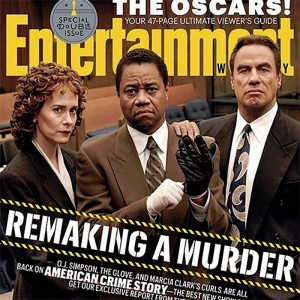
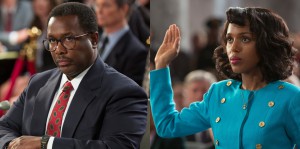
One of the frustrations about living in the U.S. these days is the virtual absence of TV news, replaced by a media circus built around the omnipresence of single events — the deaths of Frank Sinatra and Michael Jackson, or, this year, the U.S. Presidential primary elections. As with most Hollywood blockbusters, these circuses are designed to screen out the rest of the world, assuming that Americans are interested in sensation more than thought and can only focus on one momentous event at a time (which means that the delighted TV pundits can ignore the rest of the world with impunity). So it’s logical that everything Donald Trump utters or tweets gets more coverage than anything said by Barack Obama and that the same sound bites from Trump and the other candidates get endlessly recycled, thumbed over, and analyzed.
Consequently, it’s at once ironic and appropriate that the two most relevant and contemporary cinematic events that I’ve seen lately are both cable TV docudramas about media circuses of the 1990s, both of which offer certain insights into how a Frankenstein monster such as Trump was created thanks to the unholy marriage of celebrity culture and what subsequently became known as “reality TV”: a ten-part miniseries called American Crime Story: The People vs. Read more
Written for Frank Tashlin, edited by Roger Garcia (Éditions du Festival international du film de Locarno in collaboration with the British Film Institute [London]/Editions Yellow Now [Crisnée, Belgium], 1994). -– J.R.
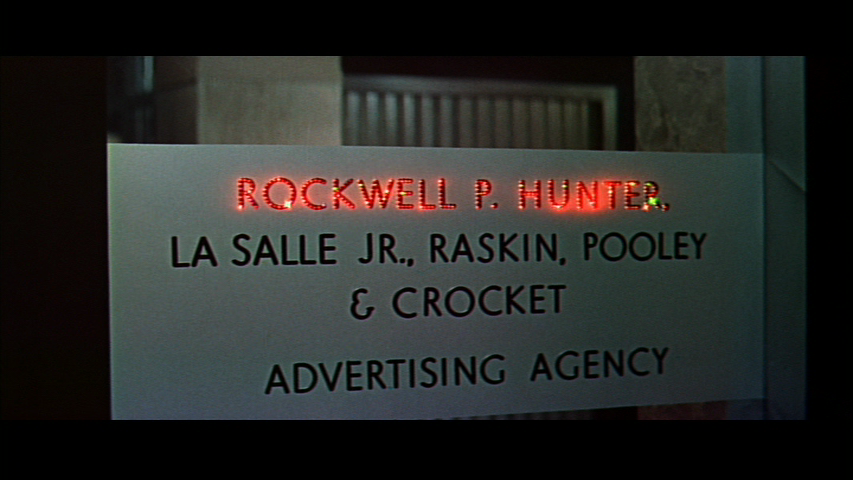
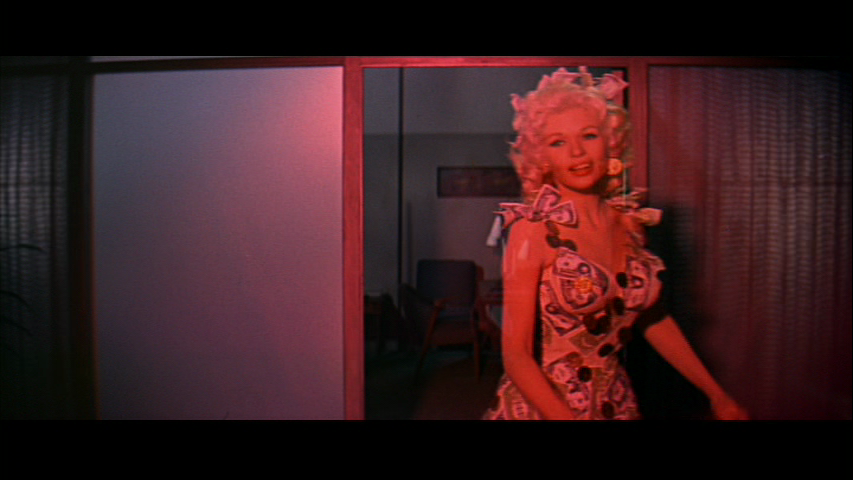
Will Success Spoil Rock Hunter?
Clearly Tashlin’s most avant-garde feature, and probably his most political, thus his most misunderstood. Retaining the title, Jayne Mansfield, and advertising from George Axelrod’s Broadway play, but reportedly little else, Tashlin mounts a thoughtful and multifaceted polemic against the success ethic itself. (A key line: “Success will fit you like a shroud.”) The consequences are dazzling for his art but disastrous for his career. Made at Fox on the heels of The Girl Can’t Help It, the film provides a textbook illustration of George S. Kaufman’s maxim, “satire is what closes in New Haven.” Fortunately, before the balance sheets are counted, 50s America receives one of its two most devastating caricatures on film; the other is Chaplin’s A King in New York, made the same year. Paraphrasing Rossellini, both are the films of free men; fully anticipating Godard’s journalistic directive that you can – and must – place everything in a film, both filmmakers hit on nightmarishly topical New York dystopias set in the present, where, thanks to TV and advertising (rightly perceived as synonymous), the divisions between public and private are now fully obliterated. Read more
From the Chicago Reader (October 1, 1994). — J.R.
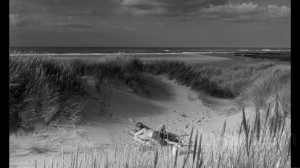
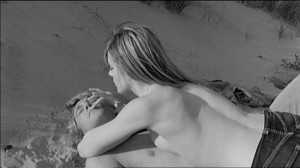
Roman Polanski’s second British film (Repulsion was the first) is a mean little absurdist comedy (1966) set on a remote Northumberland island; it’s also one of the best and purest of all his works. An odd couple (Donald Pleasence and Françoise Dorleac) living in an isolated castle find their world invaded by two doomed gangsters on the run (Lionel Stander and Jack MacGowran), and the ensuing standoffs are funny, cruel, disquieting, and unpredictable, especially after various other unwelcome guests turn up. Stander is especially good — this may be the definitive performance of the blacklisted gravel-voiced character actor, best known for his 30s and 40s work. With Robert Dorning and Iain Quarrier; watch for Jacqueline Bisset as one of the guests. 111 min. (JR)
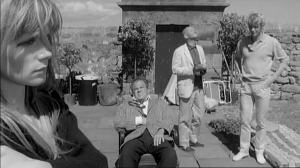
Read more
From the Spring 1984 issue of Sight and Sound. This was the first time I attended the film festival in Rotterdam and the first time I encountered the work of Raul Ruiz. It’s sadly emblematic that the Jancsó TV miniseries, even though it wound up being shown on the BBC, is so forgotten and out of reach today that I can’t even find a satisfactory still for it on the Internet. — J.R.
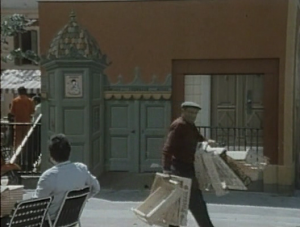

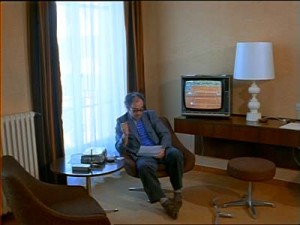
It’s a curious festival that can make young filmmakers like Henry Jaglom, Nicolas Roeg and John Sayles seem like commercial Hollywood directors. Devoted to the relatively unseeable and intractable independents across the globe whose work exists between the parentheses of an industry, Rotterdam has lasted for thirteen years, and under Hubert Bals’ inspired direction has this year added a market to amplify its already hefty fare. For an American who can hardly keep up with a Ruiz, Duras, Garrel or Jancsó without crossing the Atlantic, it was like stumbling into a forbidden forest of plenty, loaded with potential traps and unexpected rewards. Read more
Written for and published in 10 To Watch: Ten Filmmakers for the Future, edited by Piers Handling and designed to accompany a program of films shown at the tenth anniversary of the Toronto Festival of Festivals in the fall of 1985. This was most likely the first time I attempted to write about Ruiz’s work at any length. –- J.R.

The sheer otherness of Raúl Ruiz in a North American context has a lot to do with the peculiarities of funding in European state-operated television that makes different kinds of work possible. The eccentric filmmaker in the U.S. or Canada who wants to make marginal films usually has to adopt the badge or shield of a school or genre — art film, avant-garde film, punk film, feminist film, documentary or academic theory film — in order to get funding at one end, distribution and promotion at another. Ruiz, on the other hand, needs only to accept the institutional framework of state television — which offers, as he puts it, holes to be filled — and he automatically acquires a commission and an audience without having to settle on any binding affiliation or label beyond the open-ended framework of “culture” or “education”. Read more
From the Chicago Reader (May 1, 1995). — J.R.
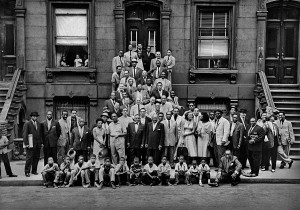
There are only a few great jazz documentaries, and each has a style all its own. This one-hour 1994 dissection of a 1958 group photograph of 57 key jazz musicians is special both as oral history and as a survey of the art. If you wanted to introduce someone to what jazz is all about, this would be an ideal place to start, a labor of love by jazz enthusiast and former Chicago journalist Jean Bach, who did an awesome job of tracking down the surviving participants in and witnesses to the picture taking, even locating some silent home-movie footage by bassist Milt Hinton and his wife. Included are elegant thumbnail profiles of such musicians as Lester Young, Jo Jones, Count Basie, Charles Mingus, Pee Wee Russell, Red Allen, Roy Eldridge, Horace Silver, Jimmy Rushing, Coleman Hawkins, Dicky Wells, and Stuff Smith, most of them offered by fellow musicians, along with samples of their music and comments on their placement in the photograph. (JR)
 Read more
Read more
From the Chicago Reader (May 1, 1995). — J.R.
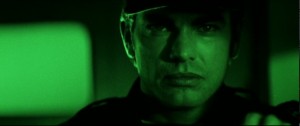
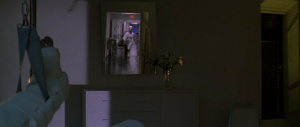
Steven Soderbergh’s remake of the classic noir thriller Criss Cross tells substantially the same story (a divorced couple who can’t let go of each other, an armored car heist that grows out of their deceptions after the avaricious woman marries a hood) but gives it such a different emphasis that it functions only fitfully as a thriller (chiefly in a dazzling hospital sequence near the end). What it unmistakably has is a feeling for the insecurity of contemporary relationships, an often ravishing visual style, some very funny crusty dialogue, and subtle and sensitive direction of actors (Peter Gallagher, newcomer Alison Elliott, William Fichtner, Anjanette Comer, Elisabeth Shue, Adam Trese, Joe Don Baker, and Paul Dooley, among others). This is a quirky personal effort with much of the humor and pain of Soderbergh’s earlier Sex, Lies, and Videotape and King of the Hill, though filtered through material that sometimes seems to engage the writer-director less fully; as partial compensation, the ‘Scope cinematography is stunning. (JR)
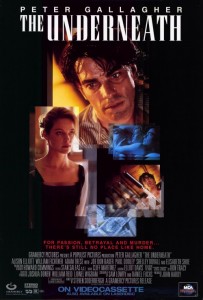 Read more
Read more
From the Chicago Reader (September 1, 1995). — J.R.
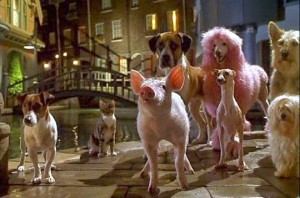
This 1995 live-action film about a piglet that behaves like a sheepdog is impressive, though I do think it’s creepy to be so entertained by a movie in which I can’t tell from one moment to the next whether I’m watching a real animal or a fake. Writer-producer George Miller is the Australian wonder responsible for both the antihumanist brilliance of the Mad Max movies and the humanist brilliance of Lorenzo’s Oil, and that same paradox animates this movie. Directed and coscripted by Chris Noonan from a novel by Dick King-Smith, the film succeeds because its talking animals are more than just ersatz humans. In addition the lip sync is more skillful than in Forrest Gump, the characters (both animal and human) are solidly conceived, and the storytelling and visuals are expertly fashioned. With James Cromwell and Magda Szubanski. G, 92 min. (JR)
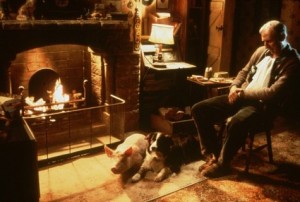 Read more
Read more



























